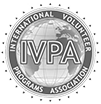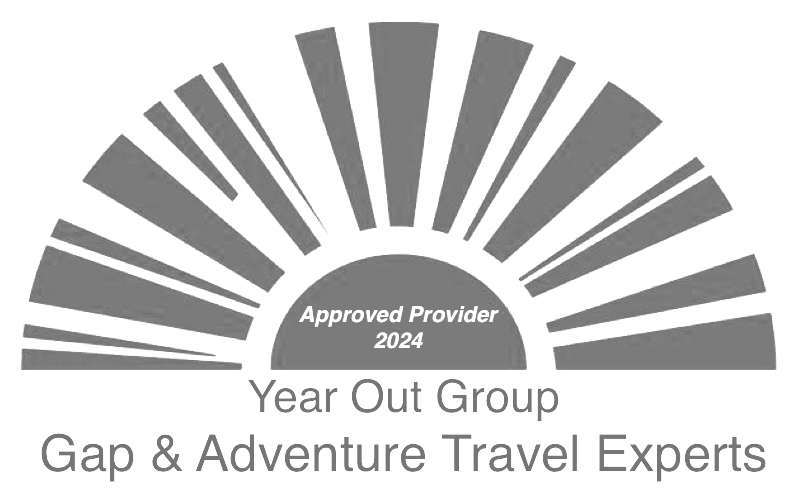Happy Cheetah Stories
In 2015, Salome gave birth to five tiny cheetah cubs at the Centre for Endangered Species maternity ward.
The five babies were in the typical cheetah gestation period of between 90 – 95 days (hers was exactly on the 93rd day).
Salome was moved to the maternity ward. This facility makes it easier to monitor a pregnant female’s movements, and is also warmer and provides better shelter once the babies are born. It is secluded, and neither vehicles nor people are permitted in the vicinity.
The Cheetah Conservation is focused on the breeding of cheetahs, including the king cheetah, in order to broaden the cheetah’s genetic pool with a view to introducing the vulnerable animal in areas where they are not typically found. According to the Red Data book, the cheetah is currently listed as "vulnerable" in South Africa. This is an improved categorization when compared to the previous global listing of the species as "endangered". This is, in part, thanks to the various breeding initiatives that have been undertaken by conservation bodies similar to The Cheetah Conservation.
Cheetah populations are genetically very uniform (or monomorphic). Wild cheetahs often occur in small isolated or patch populations, which leads to further narrowing of the gene pool. Through their breeding programme, The CC is able to stimulate distinctly different genetic lineages to maintain a healthy ex situ reserve of animals. Wherever possible, these animals are released into a natural environment to support gene diversity in wild populations.
For more information on this project visit our project website.

